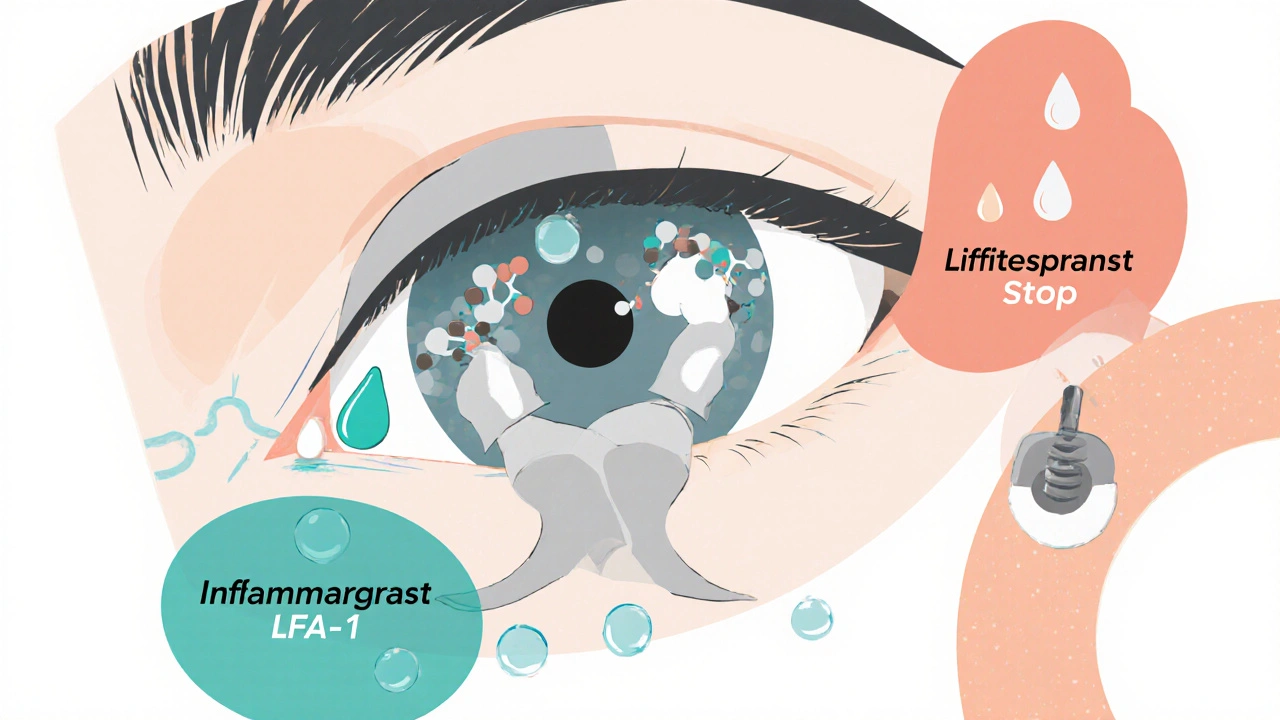Punctal Plugs: What They Are and How They Help Dry Eyes
When your eyes feel dry, gritty, or constantly watery, it’s not always about not drinking enough water. Often, it’s because your tears are draining away too fast. That’s where punctal plugs, tiny devices inserted into the tear ducts to slow tear drainage and keep eyes moist. Also known as tear duct plugs, they’re a simple, non-surgical fix for chronic dry eye that millions rely on every day. These tiny plugs don’t cure the root cause of dry eyes—like aging, screen use, or autoimmune conditions—but they do something powerful: they let your natural tears stay where they’re needed.
Punctal plugs work by blocking the tiny openings in your eyelids called puncta. These are the exit points where tears normally drain into your nose. When those drains are plugged, your eyes hold onto more moisture. There are two main types: temporary ones made of collagen that dissolve in a few days or weeks, and permanent ones made of silicone or plastic that last years. Doctors often start with the temporary kind to see if you respond before committing to a longer-term solution. People with Sjögren’s syndrome, post-menopausal women, and those who spend hours in front of screens often see the biggest improvements. But they’re not for everyone—if you have active eye infections or severe inflammation, plugs can make things worse.
It’s not just about the plugs themselves. What matters most is how they fit into your overall eye care. Many people use them alongside artificial tears, humidifiers, or eyelid hygiene routines. Some even pair them with omega-3 supplements to improve tear quality. The real win? You stop chasing relief with drops every hour and start actually keeping your eyes comfortable. You might still need occasional lubrication, but the constant burning and redness? That often fades.
What you’ll find below are real stories and practical guides from people who’ve been there—how punctal plugs helped (or didn’t), what side effects to watch for, and how they compare to other dry eye treatments like prescription drops or thermal pulsation therapy. No fluff. Just what works, what doesn’t, and what your doctor might not tell you.
Published on Nov 25
8 Comments
Cyclosporine, lifitegrast, and punctal plugs are three key treatments for dry eye disease. Each works differently-cyclosporine reduces inflammation over months, lifitegrast offers faster symptom relief, and plugs conserve tears. Learn which one suits your needs.

